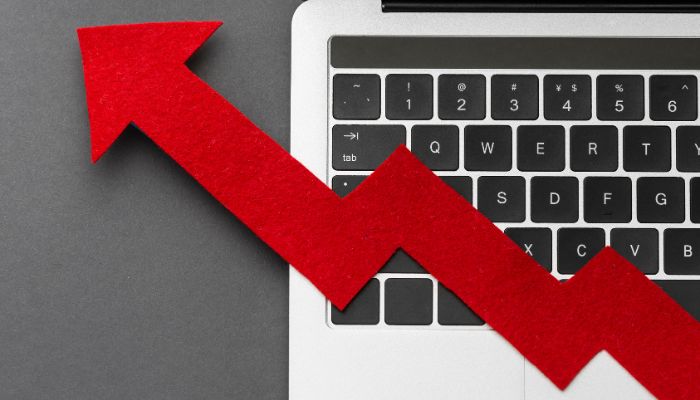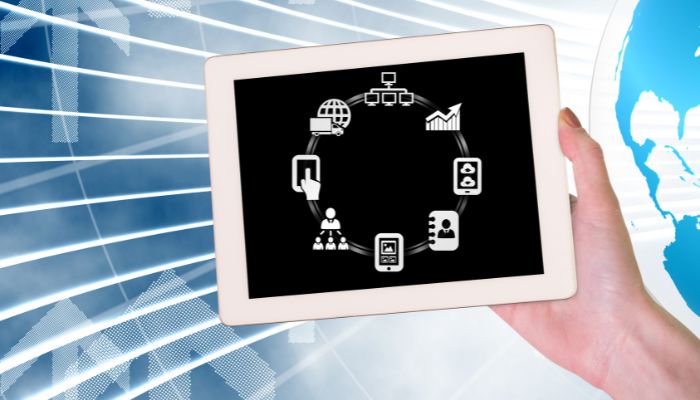Predictive analytics in HR is one of the technologies used by human resources departments that use statistics to predict future outcomes. With the rapid advancements in technology, predictive analysis, which is foreseeing the future for better decision-making, has become much easier. This model relies on the existing data and technology like big data to deliver trends and analysis that aids decision-making. It is already popular across segments like marketing, healthcare and finance. For any business, the most vital component that defines their success is its employees. It only makes sense for human resources departments to make the continued use of tools for predictive analysis for each step of their processes. It reduces any scope of bias in the decision-making as the decisions will be powered by analytical data.
The examples of predictive analytics in HR can be very vast. For example, in recruiting, it can be used to analyze the data related to job descriptions, resumes, applicant tracking systems, HRIS (human resources information system), etc. Even for other important functions like productivity analysis and upskilling, predictive analysis can play a very important role. The potential of predictive analysis is huge considering how it can predict outcomes quantitatively of human abilities, which is subject to change. Predictive analytics in HR can be used in the following ways.
You might also be interested to read: Predictive Analytics for Hiring and Attrition
Boosting productivity
Productivity is one of the important aspects of any work process. The more productive the workforce is the better are the results and profits for the company. Right from the time when employee onboarding is done, the HR departments can help get the maximum results from them. The KPIs can always be kept measurable and quantified and analytics can just be the right tool that will help them keep a track of their progress. Employees who do well can be rewarded appropriately, while employees who are not up to the mark can be counseled and trained to deliver better performance. The key insights from predictive analytics in HR can also help businesses in succession planning by identifying the right talent that can assume the leadership position in the future. It will also help them identify problem areas and prepare an action plan to weed it out in the due course before it leads to any undesirable outcomes.
Hiring the best talent
The traits of a good employee are not just restricted to job-related performance. It also involves good interpersonal skills, the ability to bond with everyone, leadership skills, etc. Finding the right talent that fits well with the company culture and values is another important step to avoid higher attrition rates. Employees who blatantly reject the company values will be more dangerous despite performing well because they will in many ways influence other employees to not stick to the company values. Having employees aligned to a common goal and shared ideas is also vital. Predictive analytics in HR goes much beyond screening the resume or a simple background verification process. With the increasing advent of digital media, predictive analytics can make use of the social media profiles of prospective employees to analyze their behavior. Social media profiles can give a good amount of hints of the personality of an individual and can help HR departments analyze if they are the right cultural fit for their business.
Promote employee engagement
Team building activities by HR departments may look forced and fail to connect with employees. Though the intention might be good, it might not generate interest in employees if it is not according to their liking. With the help of predictive HR analytics, businesses can make effective use of employee engagement surveys. They can simply make that effort to understand what motivates people in their jobs and their desire to be a part of the company in the long run. An engaged workforce is not only a productive workforce but will also help the company realize its goals quickly as compared to a disengaged workforce.
Upskilling the workforce
A skilled workforce with up-to-date knowledge of the latest trends and technologies is a dream come true for any business. However, it is very difficult to make it happen as businesses always struggle at finding skilled employees and keep their learning on an upward curve. As technologies evolve, businesses will always find it difficult to keep their employees updated at all times. Businesses can make use of predictive HR analytics to identify different variables that are key to the success of the operations and business. This can be done to identify future skill shortage and plan accordingly by investing in upskilling and reskilling of the workforce.
Talent retention
The hiring process can be very time-consuming and financially draining, especially if it is for senior positions. If teams aren’t at their full strength, there will be a significant difference in the resulting output. Businesses might find it increasingly difficult to meet their goals besides the time spent in the recruitment process. HR predictive analytics tools can help businesses identify trends based on historical data. They can study the trends to predict attrition before it happens. A high rate of attrition not only dents the business financially but also brings a bad name to the business as prospective employees might not want to join a company where the attrition rate is high.
You might also be interested to read: Applied Predictive Analytics In Key Areas of Human Resources Can Potentially Shape A Better Future
Predictive analytics in HR can help solve several problems related to HR functions. It can help HR departments plan for recruitment, management and retention of employees with the help of predictive algorithms. HR departments can also make decisions more objectively by reducing any scope of bias. With plenty of data available to play with, a forward-looking company will use it to plan for the future rather than using to focus on what has already happened.
Reference: Moving towards predictive analytics in HR, hrmagazine.co.uk, 28 Aug 2018
Related Topics:






